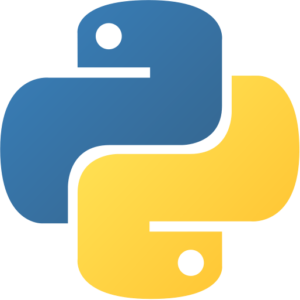Paddle VM by Anarion Technologies
PaddlePaddle (PArallel Distributed Deep LEarning) is an open-source deep learning platform developed by Baidu, designed to simplify the development, training, and deployment of machine learning models across various applications. Launched in 2016, PaddlePaddle has gained significant traction in both industry and academia due to its versatility, ease of use, and strong performance.
The platform supports a wide range of neural network architectures, including convolutional neural networks (CNNs), recurrent neural networks (RNNs), and more advanced models such as transformers. PaddlePaddle provides comprehensive libraries and tools that facilitate various stages of the machine learning lifecycle, including data preprocessing, model training, hyperparameter tuning, and model evaluation. Its dynamic computation graph allows for flexibility in model design, enabling researchers and developers to experiment with different architectures easily.
One of PaddlePaddle’s standout features is its ability to scale across multiple GPUs and distributed systems, making it suitable for training large-scale models on vast datasets. This scalability is complemented by an efficient back-end, which optimizes resource utilization and speeds up the training process.
Additionally, PaddlePaddle offers pre-trained models and an extensive model zoo, allowing users to leverage existing solutions for common tasks in natural language processing, computer vision, and speech recognition. The platform also provides user-friendly APIs and documentation, which enhance the accessibility for both beginners and experienced practitioners.
To subscribe to this product from Azure Marketplace and initiate an instance using the Azure compute service, follow these steps:
1. Navigate to Azure Marketplace and subscribe to the desired product.
2. Search for “virtual machines” and select “Virtual machines” under Services.
3. Click on “Add” in the Virtual machines page, which will lead you to the Create a virtual machine page.
4. In the Basics tab:
- Ensure the correct subscription is chosen under Project details.
- Opt for creating a new resource group by selecting “Create new resource group” and name it as “myResourceGroup.”
5. Under Instance details:
- Enter “myVM” as the Virtual machine name.
- Choose “East US” as the Region.
- Select “Ubuntu 18.04 LTS” as the Image.
- Leave other settings as default.
6. For Administrator account:
- Pick “SSH public key.”
- Provide your user name and paste your public key, ensuring no leading or trailing white spaces.
7. Under Inbound port rules > Public inbound ports:
- Choose “Allow selected ports.”
- Select “SSH (22)” and “HTTP (80)” from the drop-down.
8. Keep the remaining settings at their defaults and click on “Review + create” at the bottom of the page.
9. The “Create a virtual machine” page will display the details of the VM you’re about to create. Once ready, click on “Create.”
10. The deployment process will take a few minutes. Once it’s finished, proceed to the next section.
To connect to the virtual machine:
1. Access the overview page of your VM and click on “Connect.”
2. On the “Connect to virtual machine” page:
- Keep the default options for connecting via IP address over port 22.
- A connection command for logging in will be displayed. Click the button to copy the command. Here’s an example of what the SSH connection command looks like:
“`
ssh [email protected]
“`
3. Using the same bash shell that you used to generate your SSH key pair, you can either reopen the Cloud Shell by selecting >_ again
or going to https://shell.azure.com/bash.
4. Paste the SSH connection command into the shell to initiate an SSH session.
Usage/Deployment Instructions
Anarion Technologies – Paddle
Note: Search product on Azure marketplace and click on “Get it now”
Click on Continue
Click on Create
Creating a Virtual Machine, enter or select appropriate values for zone, machine type, resource group and so on as per your choice.
After Process of Create Virtual Machine. You have got an Option Go to Resource Group
Click Go to Resource Group
Copy the Public IP Address
SSH into Terminal and Run these following Commands:
$ sudo su
$ sudo apt update
Verify Version: verify it by running:
$ python3 -c “import paddle; print(paddle.__version__)”
Run a Basic Paddle Program: Open a Python terminal and run the following code:
Expected Output:
- The PaddlePaddle version should print correctly.
- The output should display the tensor and the sum of its values,
confirming Paddle is running:
Example output:
Output:
Paddle is working properly on your system!
ThankYou!!!



